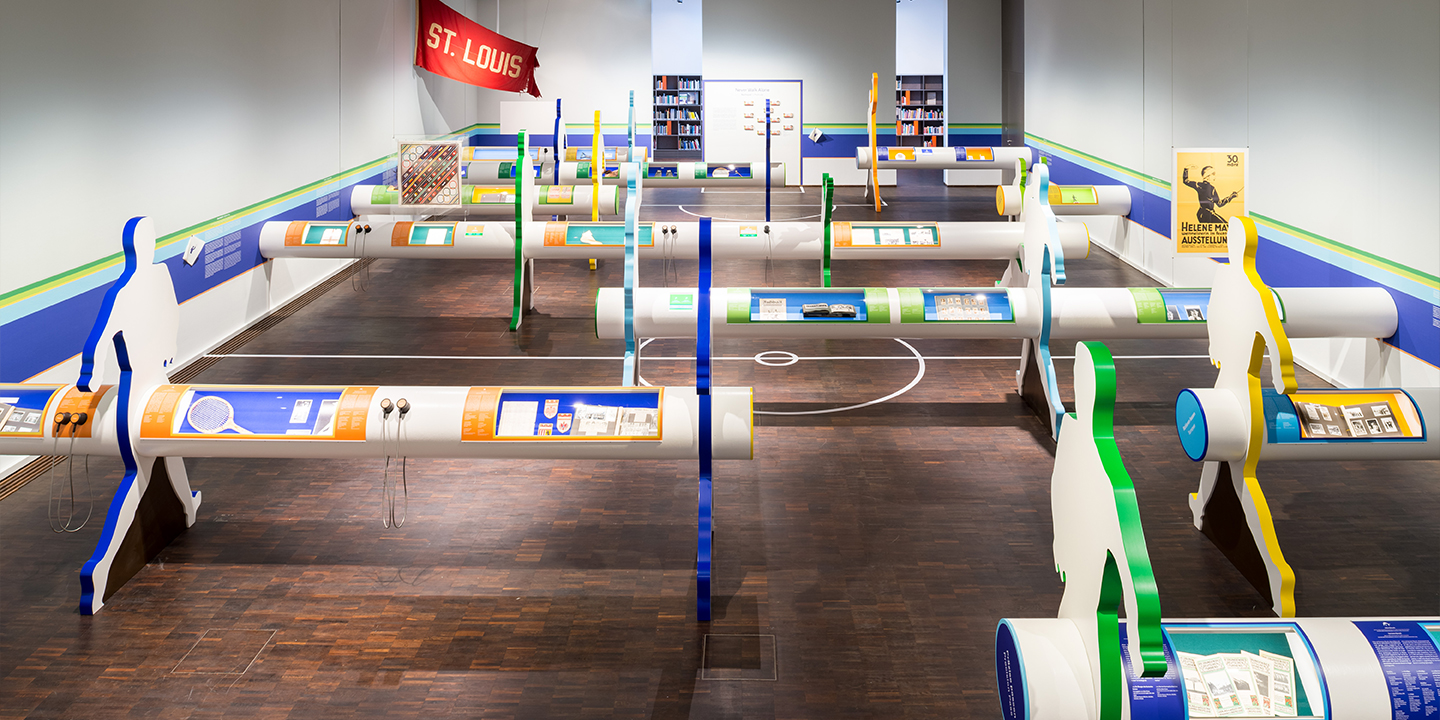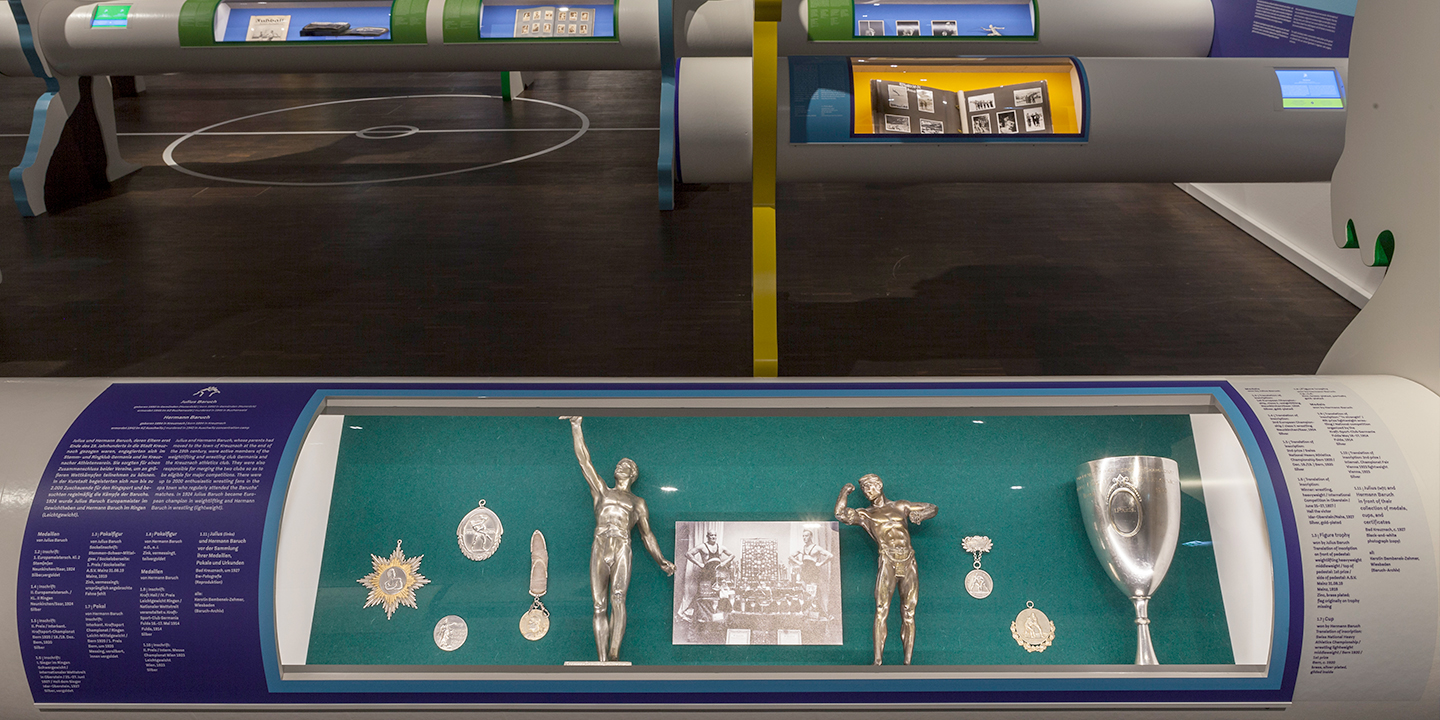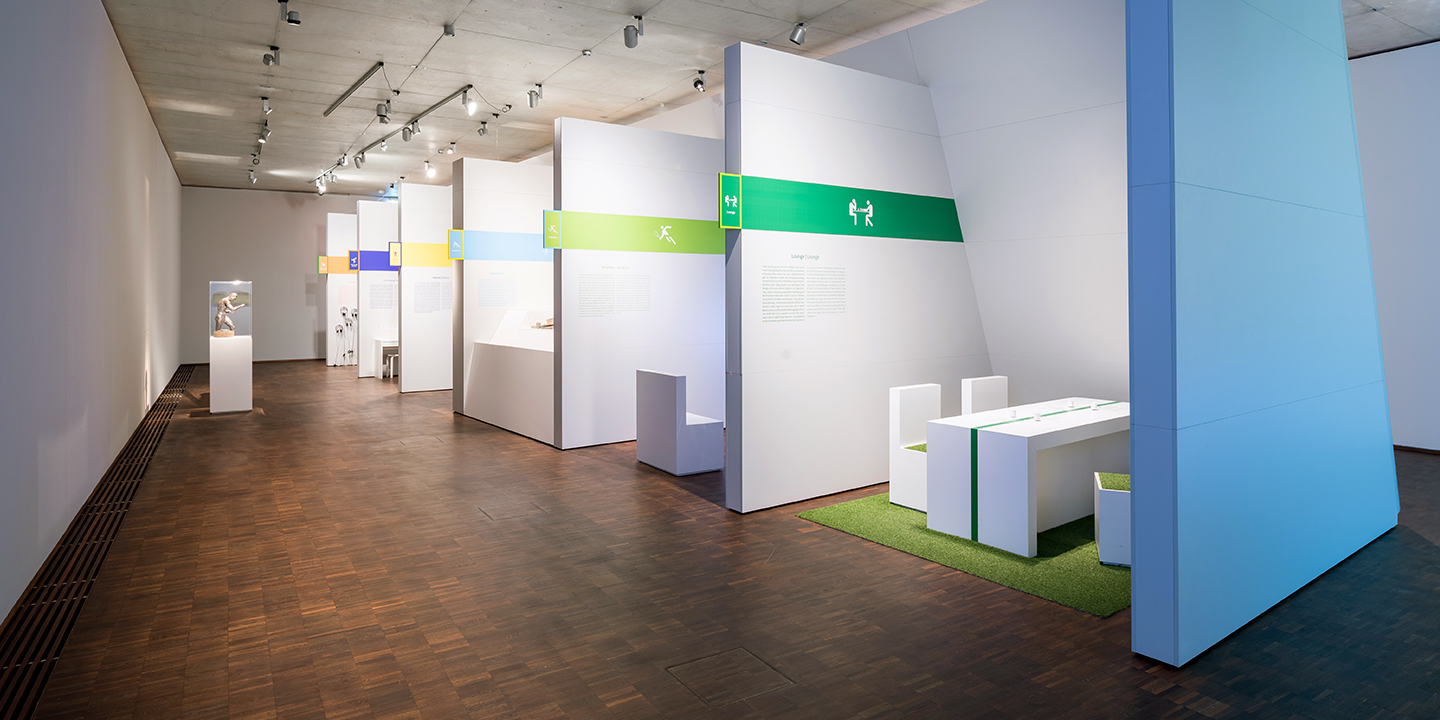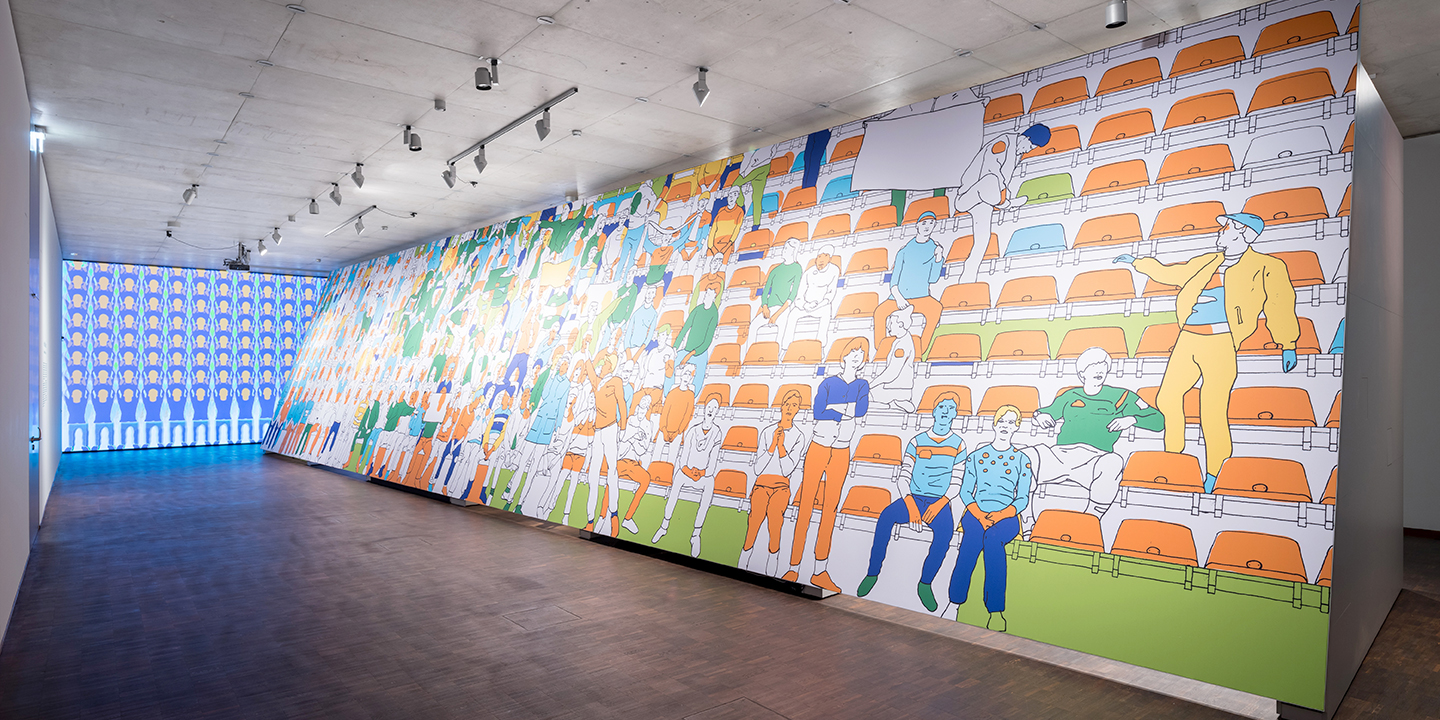Never Walk Alone
Jewish Identities in Sport
Ernst Emanuel Simon left the Berlin Sports Club after experiencing antisemitism as a soldier in World War I and joined the Jewish Bar Kokhba gymnastics and sports association in 1918. While a student of medicine in Würzburg, he became the Berlin-Brandenburg champion over 800 meters in 1919 and the Bavarian champion in 1921. He was co-founder of the Maccabi World Union and emigrated to Palestine in 1924, where he advocated the institutionalization of physical education at schools. He was joint organizer of the first Maccabiah Games in 1932, the first Jewish sporting event in Palestine. In…
Never Walk Alone
Jewish Identities in Sport
Ernst Emanuel Simon left the Berlin Sports Club after experiencing antisemitism as a soldier in World War I and joined the Jewish Bar Kokhba gymnastics and sports association in 1918. While a student of medicine in Würzburg, he became the Berlin-Brandenburg champion over 800 meters in 1919 and the Bavarian champion in 1921. He was co-founder of the Maccabi World Union and emigrated to Palestine in 1924, where he advocated the institutionalization of physical education at schools. He was joint organizer of the first Maccabiah Games in 1932, the first Jewish sporting event in Palestine. In particular, he was a pioneer of sports medicine. The photo of him crossing the finishing line in August 1919 is the picture that kicks off our exhibition “Never Walk Alone. Jewish Identities in Sport.”
On both exhibition levels, sportsmen and women of Jewish extraction as well as fans take up their positions on the sports field. By concentrating on individual biographies, on the one hand, the athletes’ self-perception can be analysed and, on the other hand, attributions from outside brought to light. The time when enthusiasm for sport started to emerge and the richly varied 1920s are addressed as are exclusion and persecution during the Nazi era. Subjects also range from Jewish survivors in Displaced Persons camps after the war to sports played by Germans of Jewish origin as émigrés and athletic achievements which have contributed to furthering local sports over the past few years.
The exhibition title “Never Walk Alone” was inspired by the song “You'll Never Walk Alone,” which was originally composed for the musical “Carousel.” The words by Oscar Hammerstein II and the composer Richard Rodgers, incidentally both of Jewish-American extraction, transport a sense of belonging, motivation, solace, and support for the protagonist. The idea that the singers bring across is, in the meantime, comparable to the situation in the sports arena – and not just for FC Liverpool.
Duration of exhibition
February 22, 2017 - January 7, 2018
Curator
Jutta Fleckenstein
Assistance
Lisa-Maria Tillian-Fink and Lilian Harlander
Architecture
chezweitz GmbH, Berlin
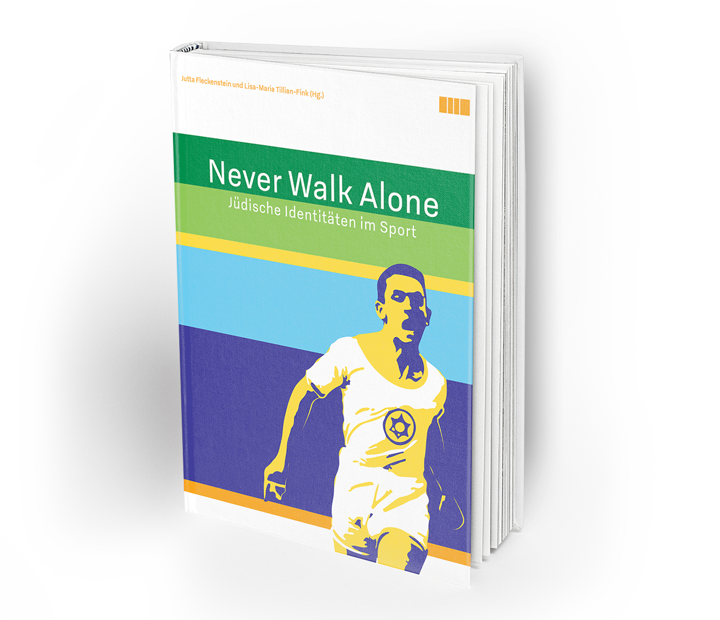
PUBLIKATION
Der Katalog zur Ausstellung
You‘ll Never Walk Alone. Es überrascht wenig, dass gerade dieses Lied zu einer Hymne des Sportes geworden ist. Die Frage nach Zugehörigkeit stellt sich in der Sportarena ebenso wie in der sie umgebenden Gesellschaft. Dieser Band, der begleitend zur Ausstellung »Never Walk Alone. Jüdische Identitäten im Sport« erscheint, nähert sich der komplexen Suche nach Gemeinschaft, indem er Sportlerinnen und Sportler jüdischer Herkunft und ihre Fans ins Blickfeld nimmt.
Vertiefende Essays, vielschichtige Sportlerbiografien sowie persönliche, auf den Sport bezogene Zitate beleuchten Selbstwahrnehmungen und Zuschreibungen und zeigen die Vielfalt der Optionen, auf der Spielfläche »sportlich und jüdisch« zu sein – bis heute.
Mit Beiträgen von Michael Brenner, Gabriel N. Finder, Anke Hilbrenner, Robert Jütte, Wolf-Dietrich Junghanns, Hans Joachim Teichler, Moshe Zimmermann u.a. und Zitaten von Alfred Flatow, Max Nordau, Kurt Landauer, Vicki Baum, Walther Bensemann, Paula Stuck v. Reznicek, David Dushman, Gert Rosenthal.


